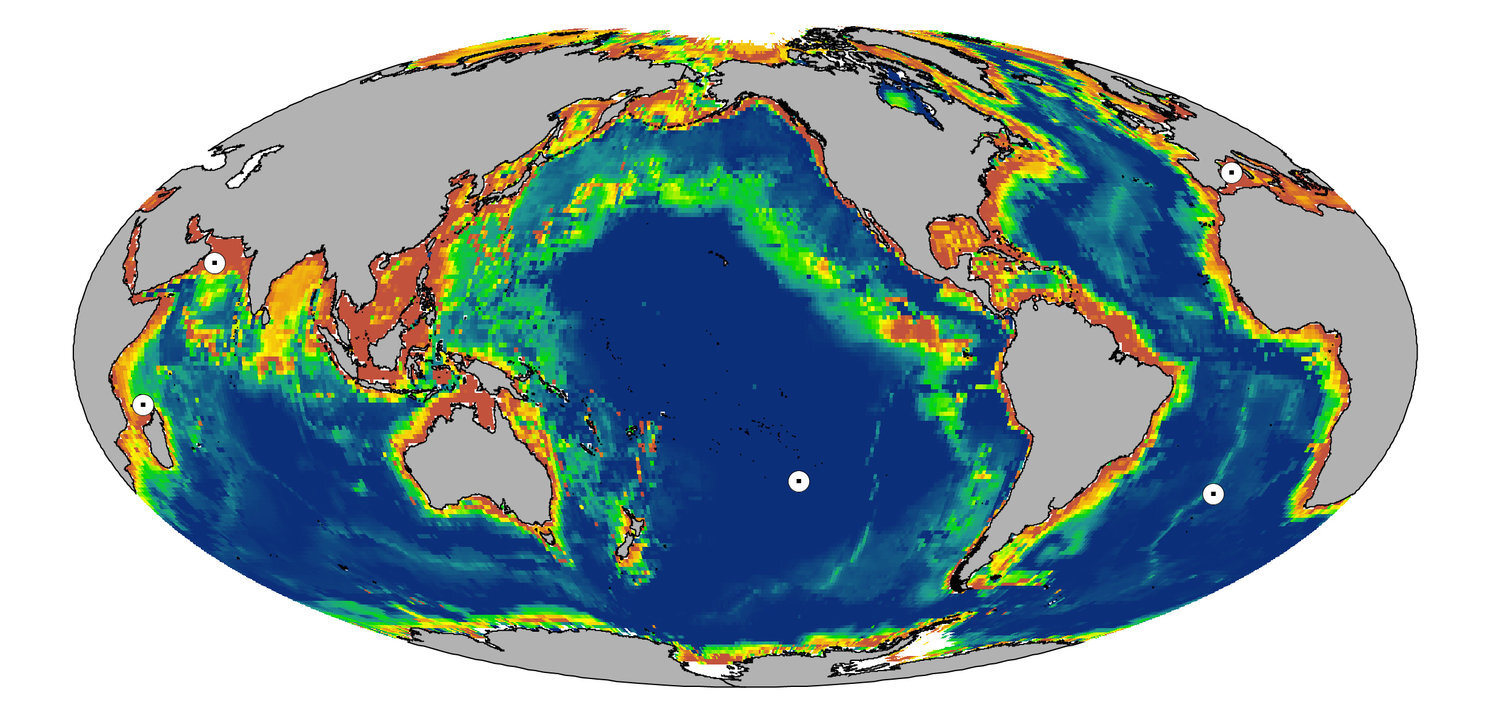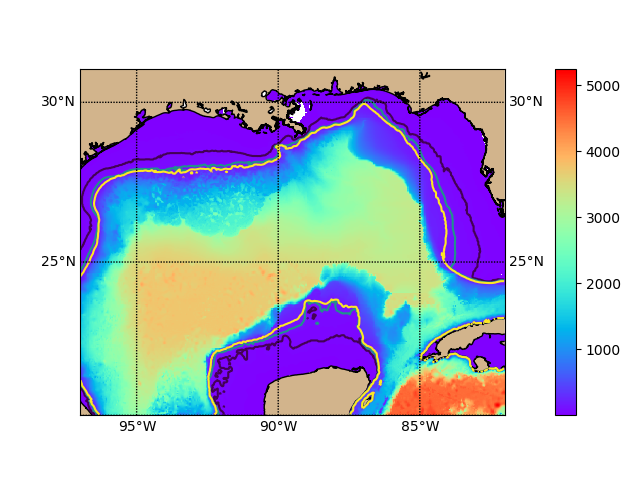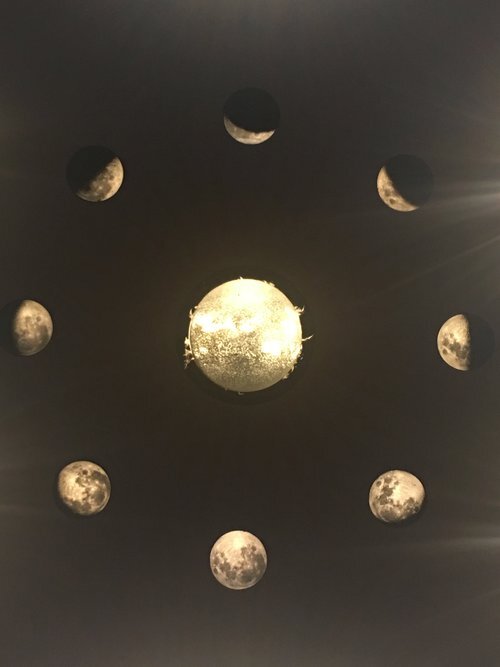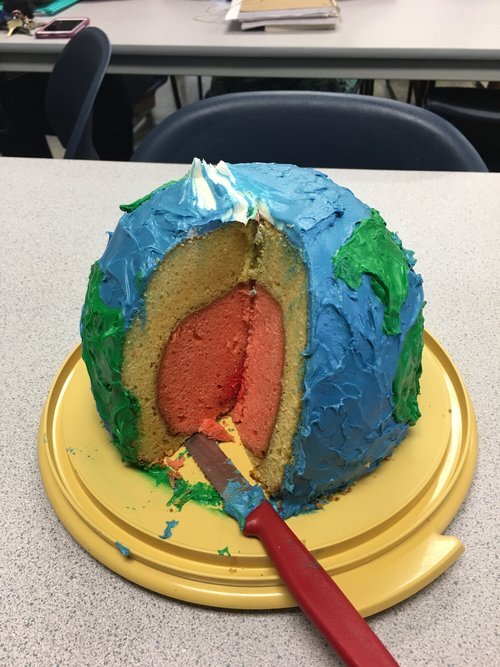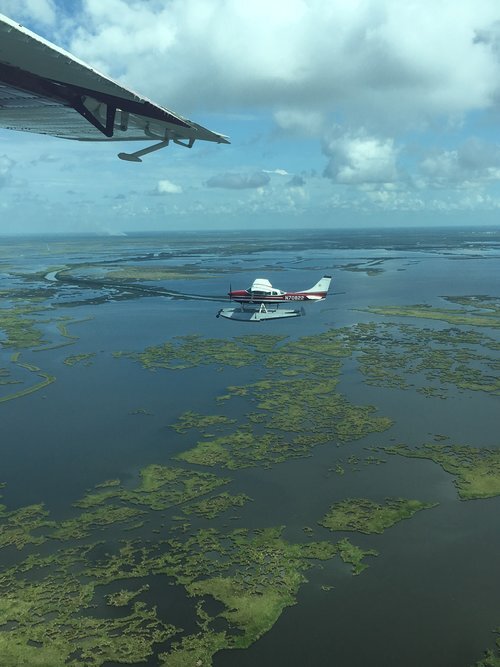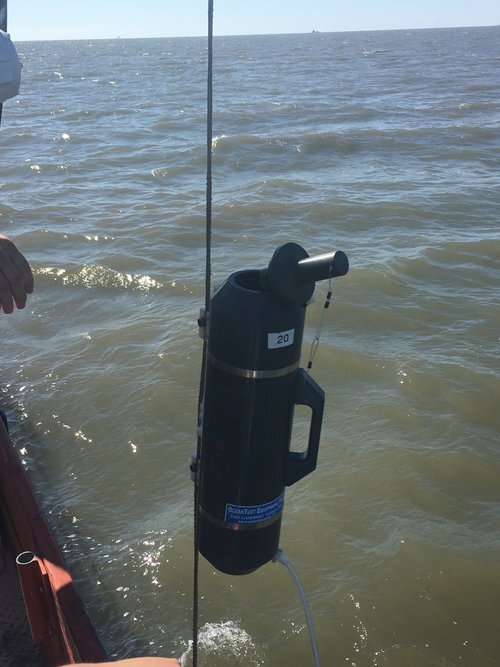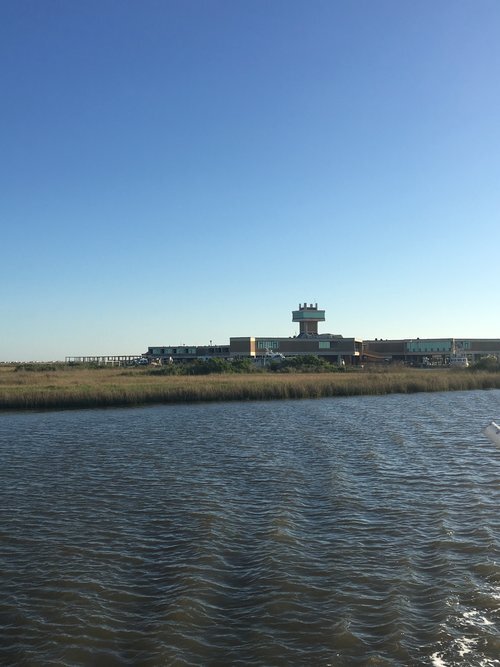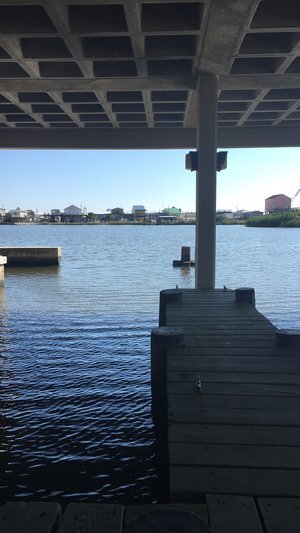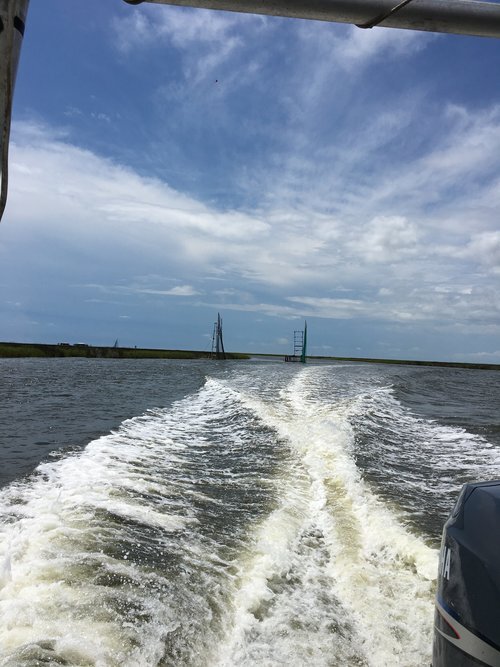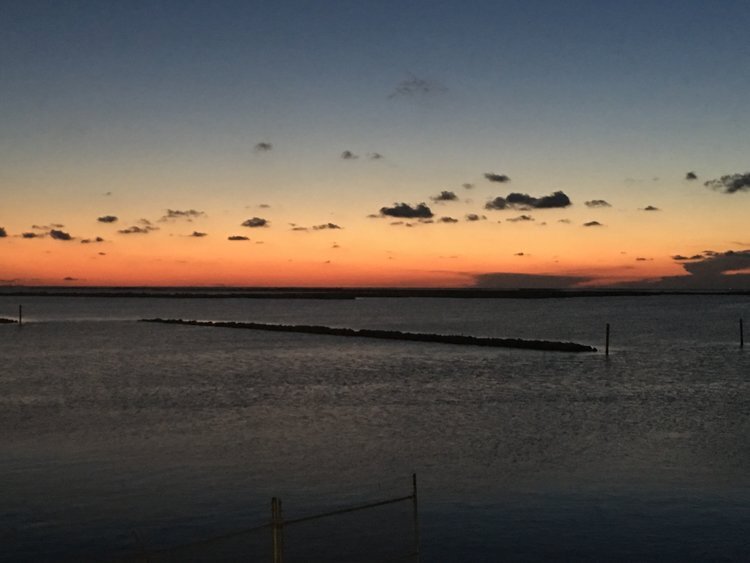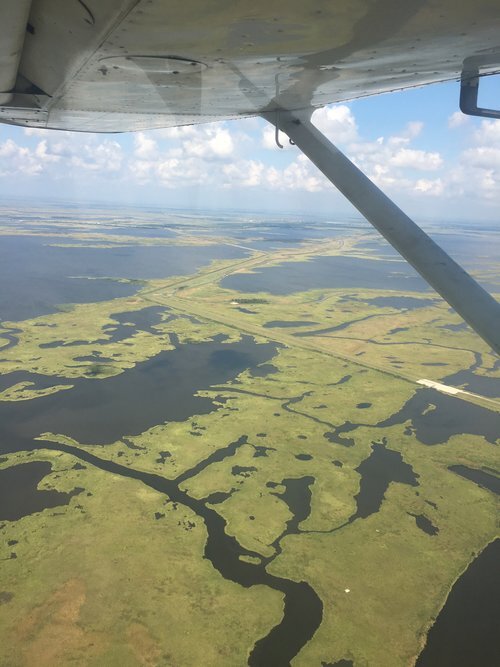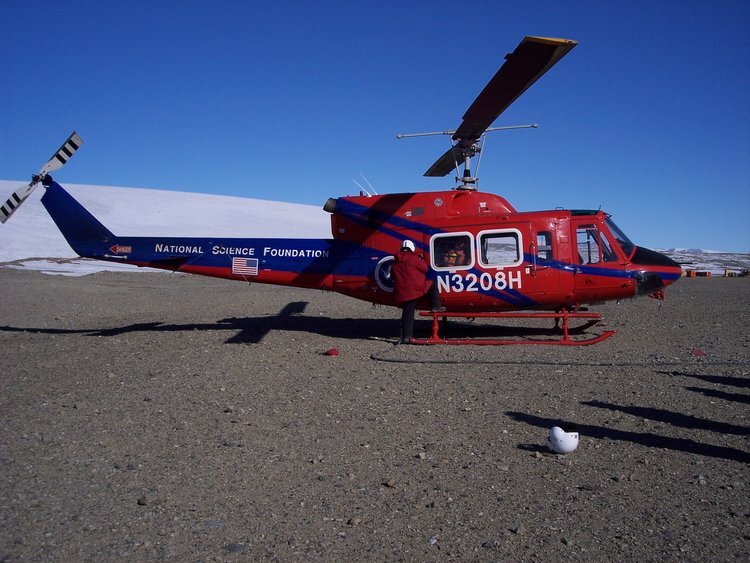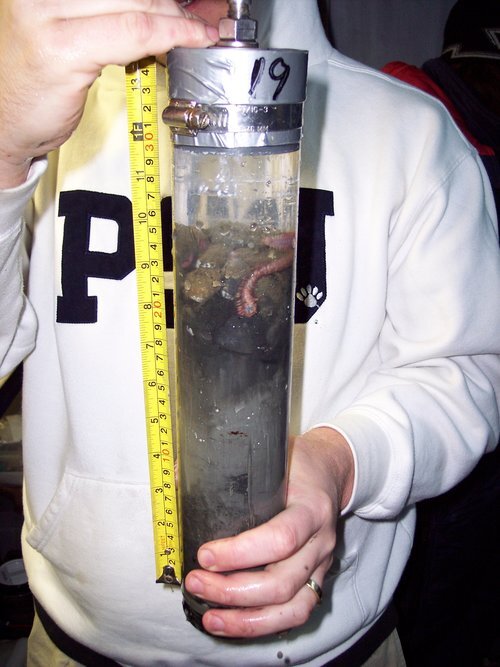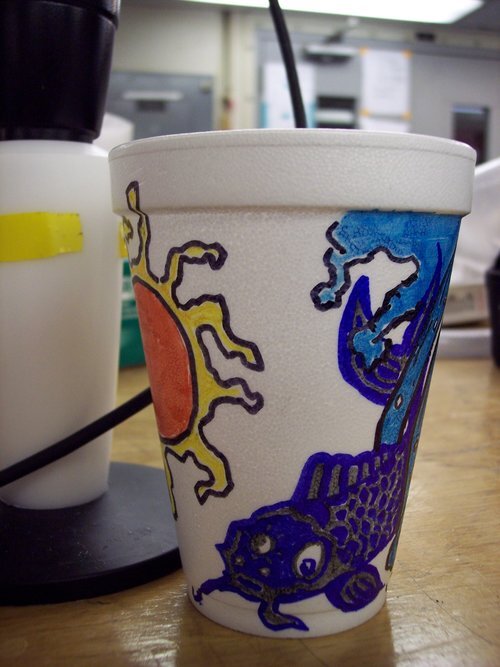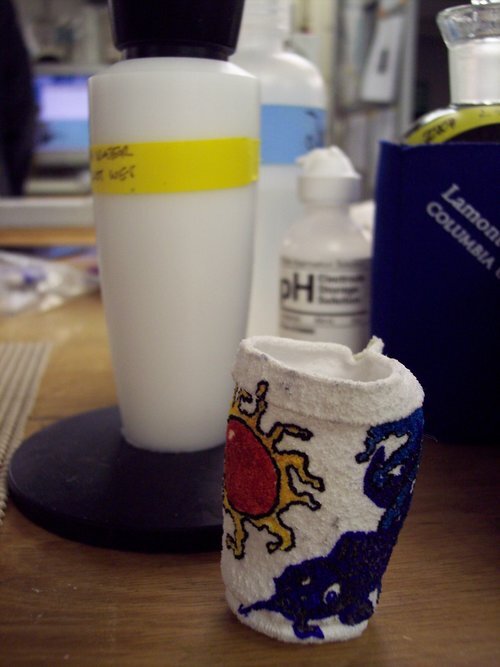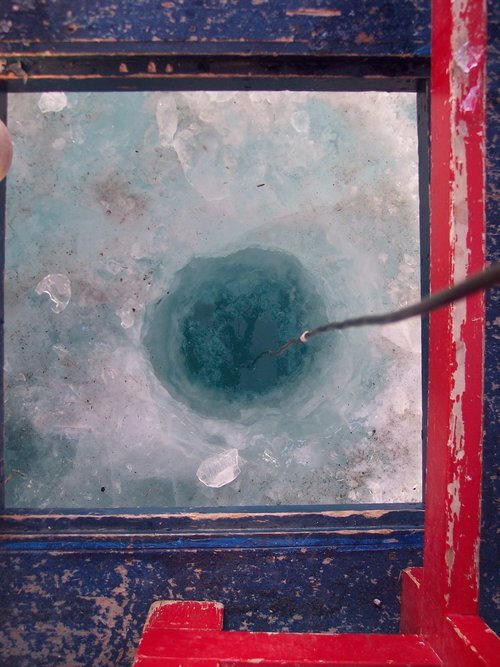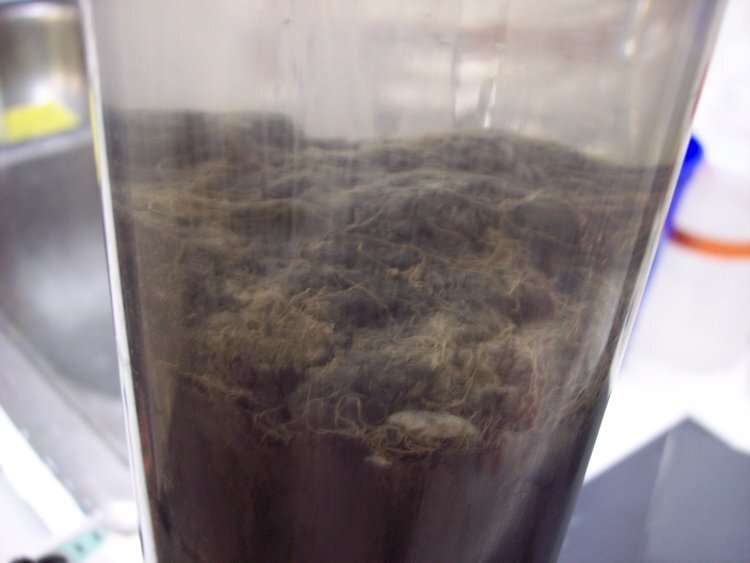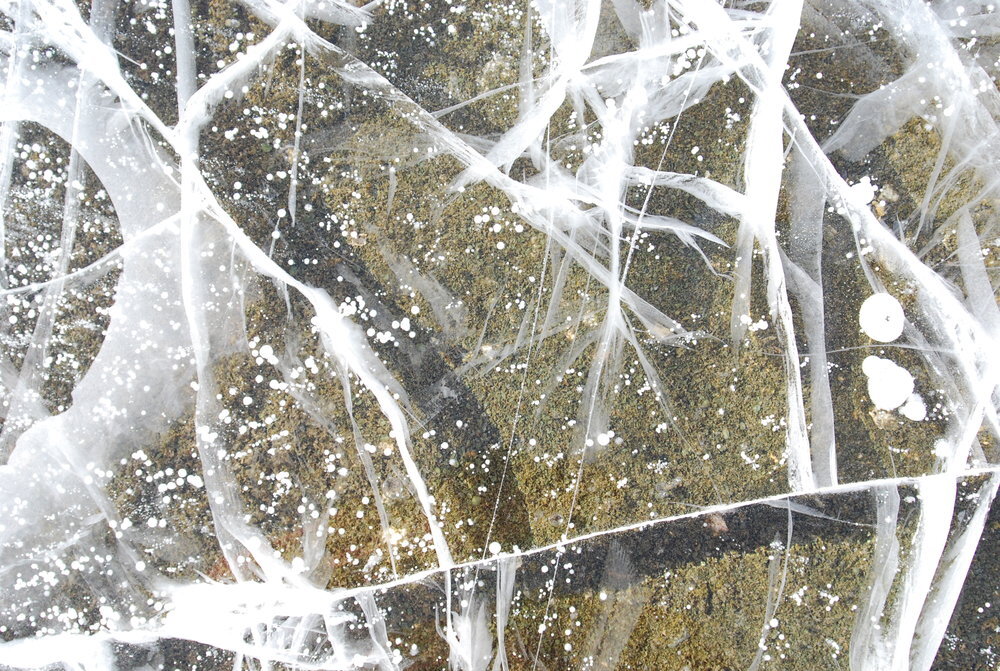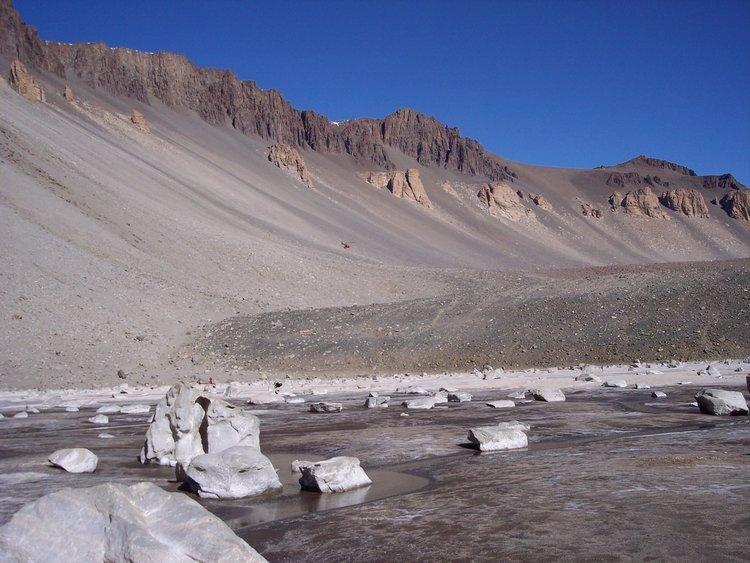Extreme environments are a relative term here for a lack of better description. What humans consider extreme most microbes could care less about! The applications of this work are incredibly interesting in that they can perhaps shed light on the origins of life, ancient geochemical cycles, and help to constrain where life in our solar system and abroad may exist. Previous work on this topic has involved exploring cold seeps, hydrothermal sediments, and Antarctic lakes. Future work will focus on microbial ecology of cold seep environments, Arctic ice cores, and the deep subsurface.
Relevant Publications
Bowles, M.W., Samarkin, V.A., Hunter, K.S., Finke, N., Teske, A.P., Girguis, P.R., Joye, S.B. (2019) Remarkable capacity for anaerobic oxidation of methane at high methane concentration. Geophysical Research Letters, https://doi.org/10.1029/2019GL084375
Schutte, C.A., Samarkin, V.A., Peters, B., Madigan, M.T., Bowles., M.W.,Morgan-Kiss, R., Casciotti, K.,Joye, S.B.(2019).Vertical stratification and stability of biogeochemical processes in the deep saline waters of Lake Vanda, Antarctica. Limnology and Oceanography, https://doi.org/10.1002/lno.11327
Bowles, M.W., Hunter, K.S., Samarkin, V.A., Joye, S.B. (2016) Variations in geochemical signatures and microbial activity within and between diverse cold seep habitats along the lower continental slope of the Gulf of Mexico. Deep Sea Research II. Topical Studies in Oceanography 129, 31-40.
Crespo-Medina, M., Bowles, M.W., Samarkin, V.A., Hunter, K.S., Joye, S.B. (2016) Microbial diversity and activity in seafloor brine lake sediments (Alaminos Canyon 601, Gulf of Mexico). Geobiology 14(5), 483-498.
Saxton, M.A., Samarkin, V.A., Schutte, C.A., Bowles, M.W., Madigan, M.T., Cadieux, S.B., Pratt, L.M., Joye, S.B. (2016). Biogeochemical and metagenomic evidence supports a novel mode of anaerobic methanotrophy in permanently ice-covered Lake Fryxell, Antarctica. Limnology and Oceanography 61(S1).
Inagaki, F., Hinrichs, K.-U., Kubo, Y., Bowles, M.W., et al. (2015) Exploring deep microbial life in coal-bearing sediment down to ~2.5 km below the ocean floor. Science 349 (6246): 420-424, doi: 10.1126/science.aaa6882

